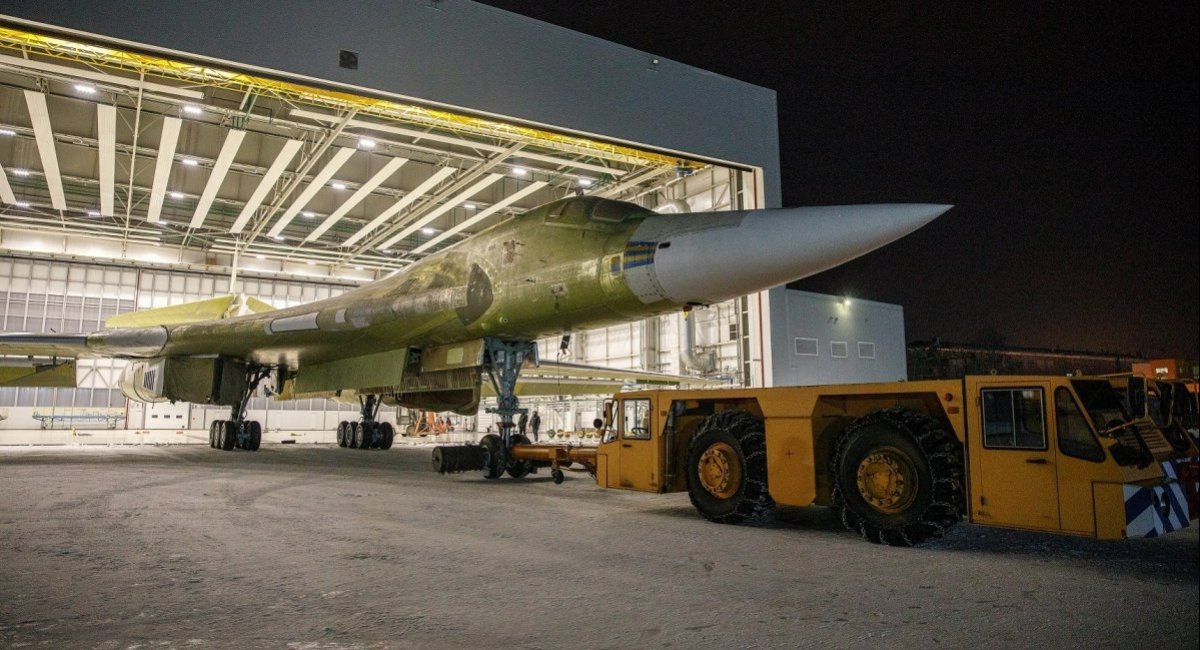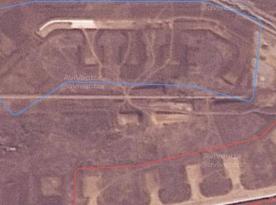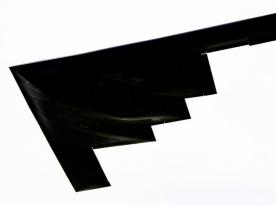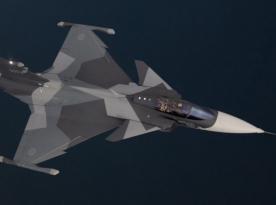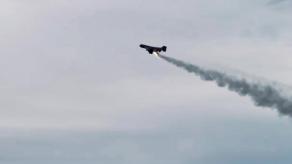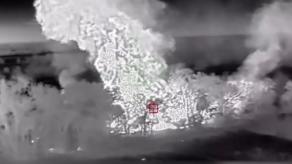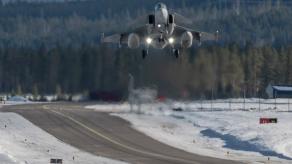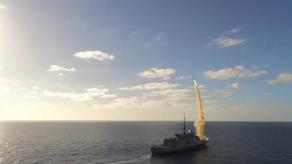Strategic aviation needs keep enjoying high priority for the russian armed forces that spend astronomical resources to maintain and even increase the number of long-range bomber aircraft in service.
This is particularly evident in the new investigation by the Dallas private analytics and reconnaissance company, where intelligence specialists broke down and published classified russian documents on modernization and construction of Tu-95MS, Tu-160, and Tu-22M3 airborne missile carriers.
Read more: Putin Wanted to Turn the Tu-160 Strategic Bomber into an Airliner but His Plan Failed

These papers reveal, for instance, that in March 2025, two russian aircraft repair enterprises got commissioned a major overhaul of Tu-95MS bombers. The executors are the JSC 360 Aviation Repair Plant, located in Ryazan, and the PJSC Taganrog Aviation Science And Technology Complex Named After G.M. Beriev (TANTK Berieva). Both companies are involved in the repair and modernization of Tu-95MS on a regular basis, in particular, it was the TANTK Berieva that developed and carried out the Tu-95MSM modernization of this aircraft.
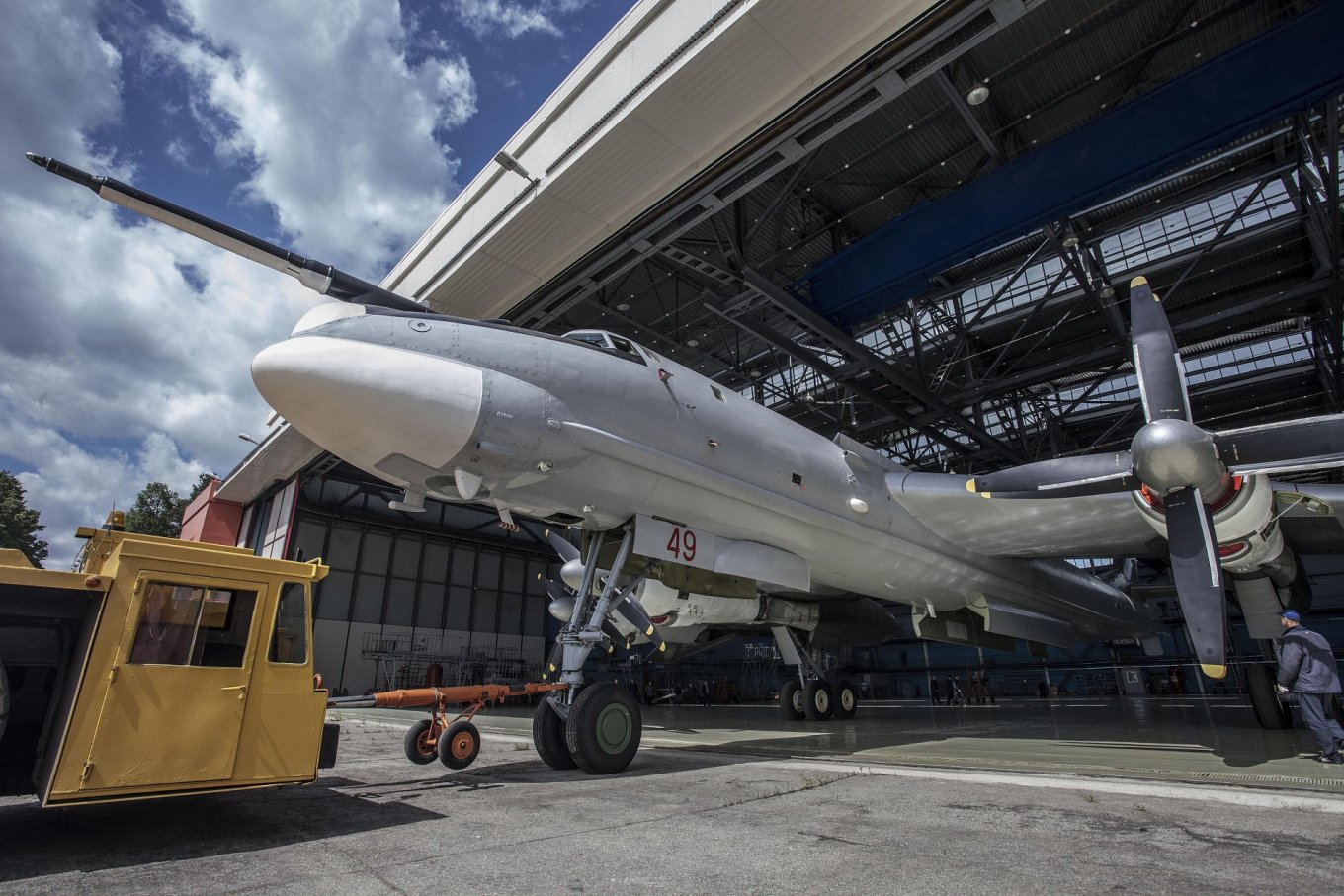
The cost of overhaul at each enterprise is different. For three aircraft, the plant in Ryazan set an estimated price of $131.66 million, while the one in Taganrog asked $184.76 million. That makes an average of $52.7 million to thoroughly repair one Tu-95MS. The total cost the Kremlin has to pay for all six missile carriers is $316.42 million, the deadlines remain unknown.
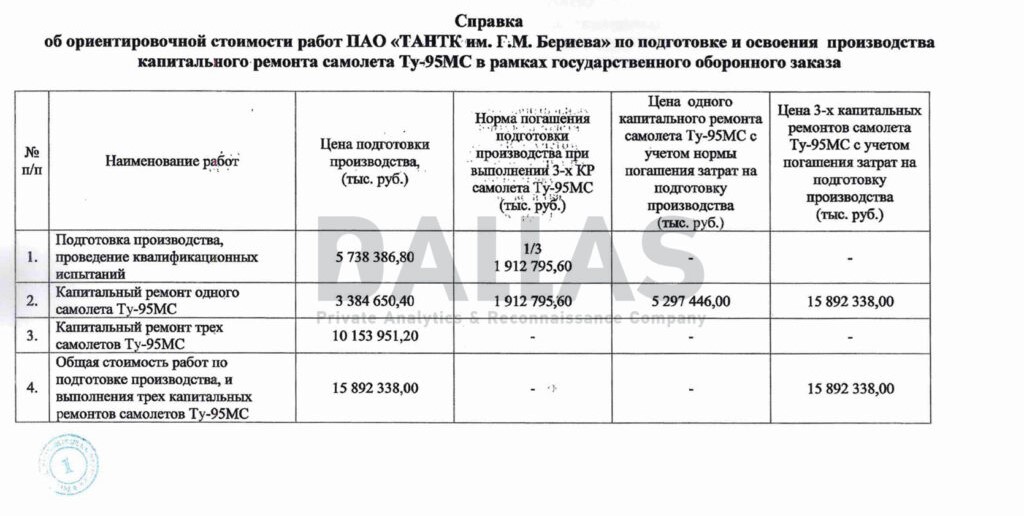
Also, on May 12–14, the Tupolev company top management had a tour to its main production enterprise, the Kazan Aviation Plant named after S. P. Gorbunov. By gaining access to this visit's agenda, the investigators learned about the progress of works on the Tu-160 and Tu-22M3M aircraft.
According to this intel, the plant is currently working on seven Tu-160 airframes with serial numbers 705, 801, 401, 703, 804, 904 and 905. Considering the purely symbolic quantities of these aircraft produced, each of these numbers really says a lot, as does the confirmation of them currently being located at the enterprise.
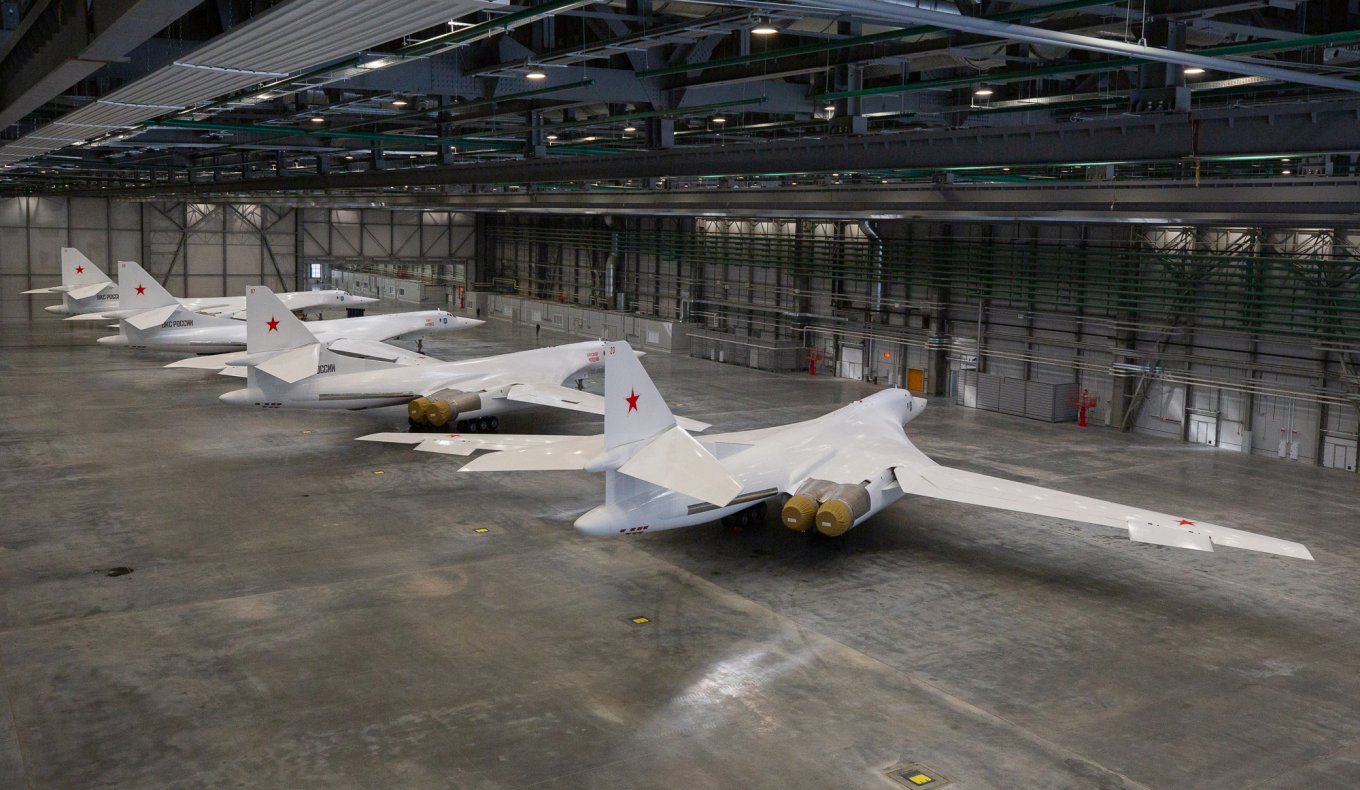
Furthermore, this directly indicates that out of 18 known operational Tu-160s, five are now out for repairs and modernization. In addition, Kazan is currently working on two new Tu-160s, which are being assembled under the "reproduction" program from Soviet-era scrap: these aircraft received numbers 904 and 905, respectively.
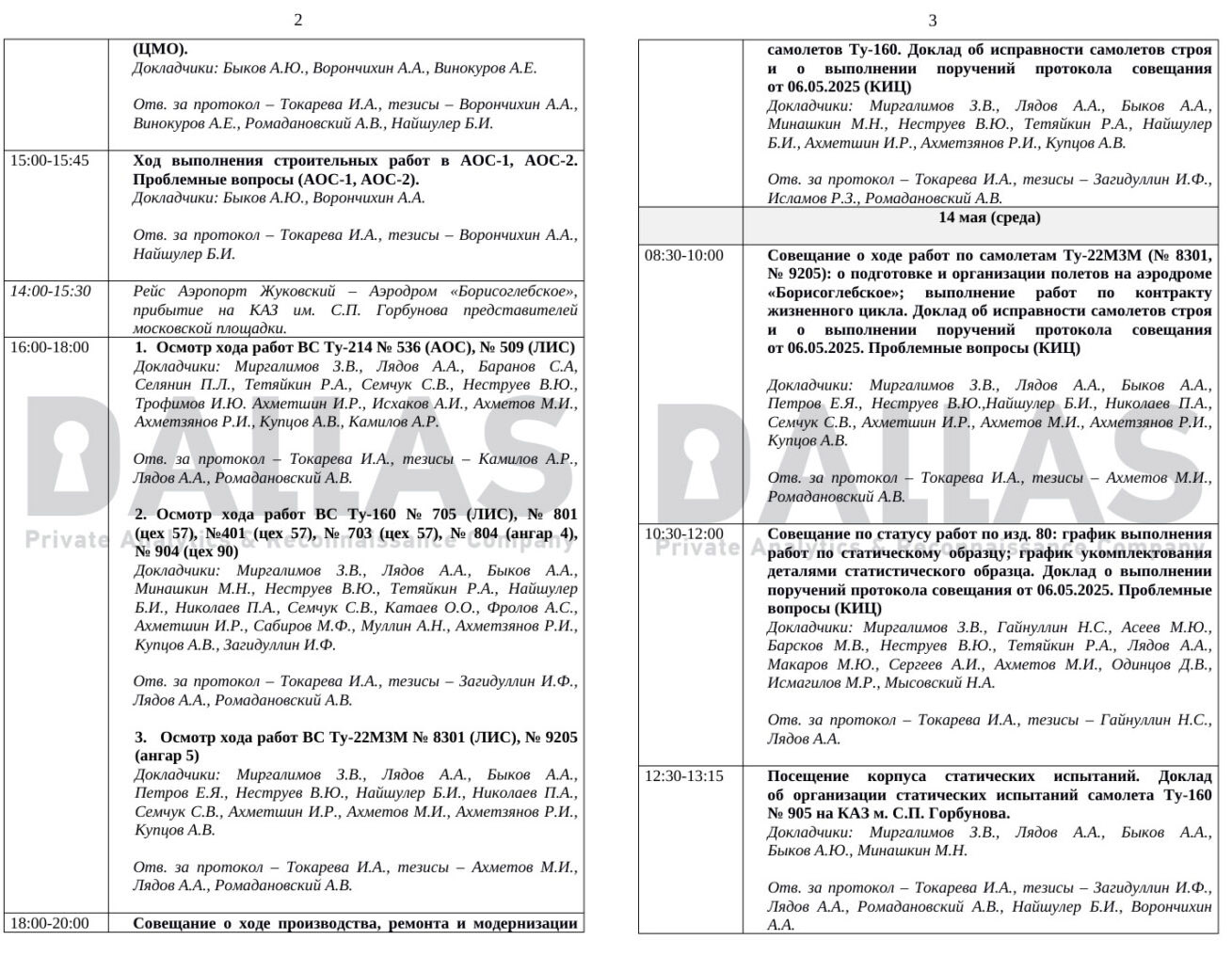
The papers shown above indicate that Board 705 is stationed at the flight test station (LIS), which means it's being finalized with internal checks underway or has already passed acceptance tests. Also at the LIS is one of the two Tu-22M3M bombers with the serial number 8301, hinting at the number of aircraft currently undergoing the modernization in general.
Separately, the event plan mentions some work on the PAK DA strategic bomber, sometimes called the Product 80. The discussions of works on a bomber's static sample took 1.5 hours, the speakers were all heads of their respective departments. Defense Express reminds that despite being in development since 2009, russia only managed to progress the PAK DA project as far as outline the concept as of 2021.
The ambitious aircraft, slated to replace the Tu-160, Tu-95MS and Tu-22M3 in service, was supposed to enter testing phase in 2022 per announced plans, and the creators haven't updated on the new timeline yet, apparently unsure about the program's prospects.
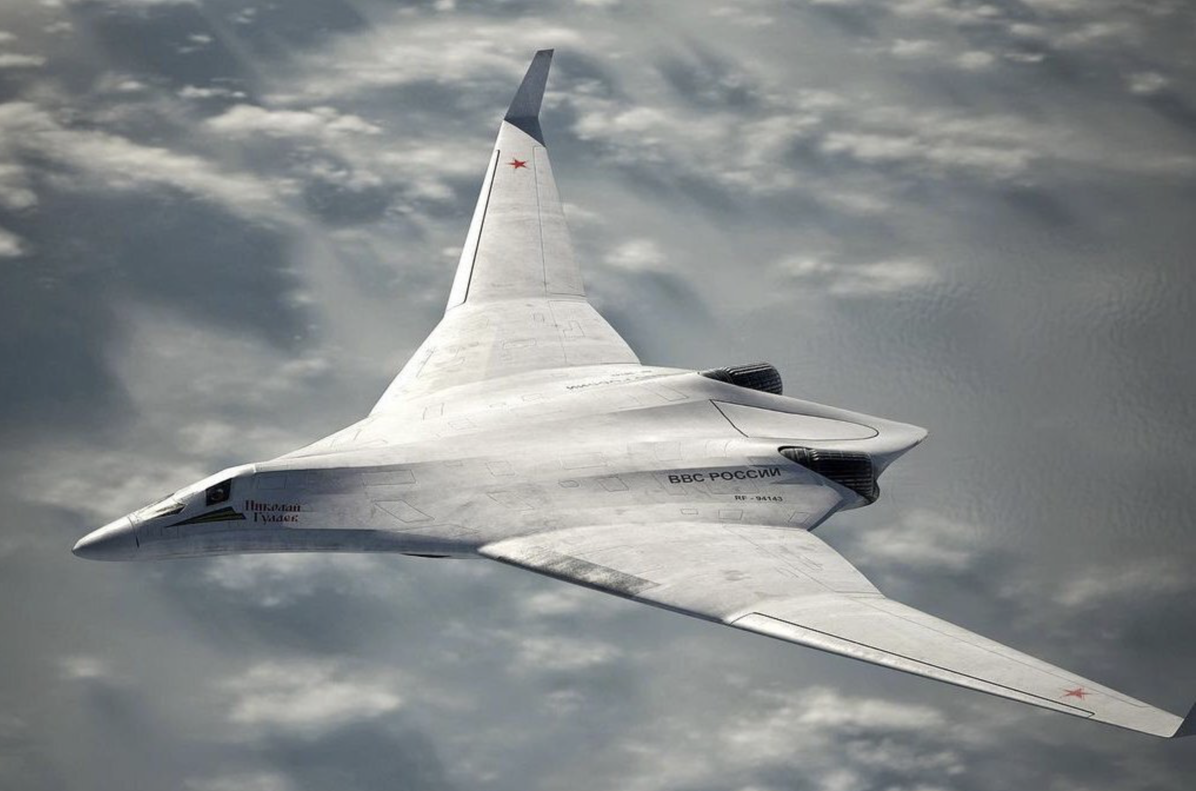
Read more: Satellite Shows why russians Barely Use Tu-160 Bombers for Attacks on Ukraine



